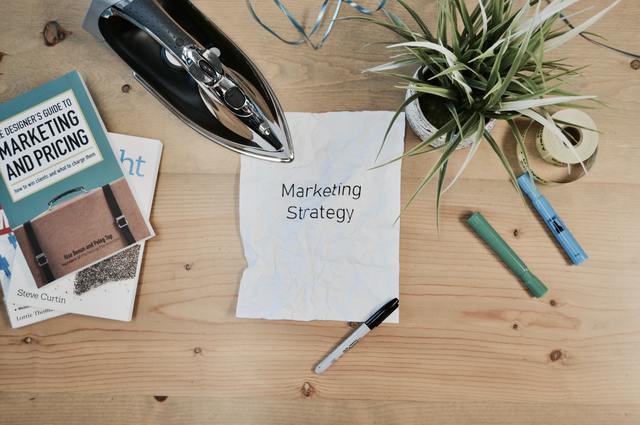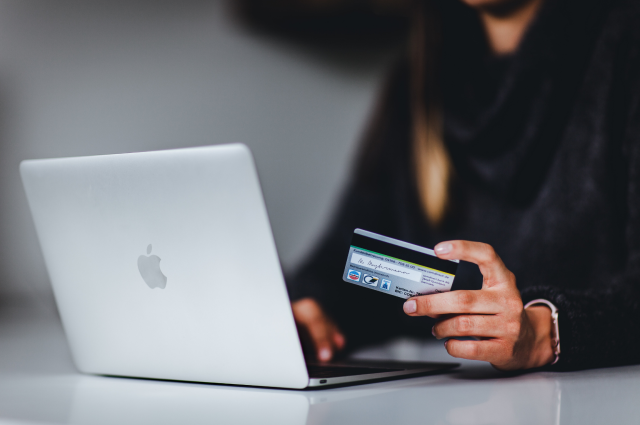The B2B landscape is constantly changing. As consumer preference changes and technologies advance, last year’s sales strategy may no longer work for you today. That’s why it’s important to keep your finger on the pulse of the latest trends in B2B e-commerce. Doing so will help you adapt to these changing circumstances before they overwhelm you. We’re highlighting the top 7 B2B e-commerce trends to watch as we launch into Q2.
Market uncertainty may prolong the lead nurturing process
Lead nurturing is building strong relationships with sales prospects so that they eventually turn into paying customers.
Like most companies, you probably already have a solid lead nurturing strategy in place. However, you may need to be flexible over the upcoming months.
There’s a lot of uncertainty in equity markets across the globe as we enter quarter two of 2022. So we may see companies delay making large purchases until economic conditions become clearer.
As a B2B seller, you should be ready to extend your lead nurturing process. If you would’ve previously given up on a sales prospect after a certain number of months have passed without them making a purchase, consider extending that window.
Doing so will allow for the extended decision-making processes that we’re likely to see soon.
Resource shortages could impact your sales strategy
Forrester predicts that resource shortages will hit hard in 2022 due to disruptions in the supply chain that should last until Q3 at least. Some of this is a result of the Russia-Ukraine conflict. Still, a lot of it is just a scenario of demand outpacing supply for critical natural resources needed to create things like computer chips.
You need to pay attention to this as a B2B company because it could impact your production process depending on what you sell.
For example, if you make products with computer chips, you might see production delays this year. Whether you eventually experience that or not, it’s good to create a plan for it now to hold onto your B2B prospects if it does.
It’s also worth mentioning that supply chain shortages tend to increase prices. So you may also experience a situation where it costs more to manufacture the same items you’re currently creating.
You’ll also want to be ready for this scenario. You can prepare your company by determining how it would handle higher production costs. Figure out the balance you’ll strike between shouldering those costs yourself by reducing expenses elsewhere and passing them on to your customer.
Customer journey analytics is more important than ever
Analytics plays a significant role in the B2B sales process. But as B2B buyers start looking for a shopping experience closer to B2C, customer journey analytics will become more critical than ever.
If you’re not familiar, customer journey analytics uses data to analyze every step in the customer’s buying journey – from when they first show an interest in your brand until they make a purchase.
This helps B2B sellers understand where they’re excelling and where they need to make improvements to close more deals. It’ll be important for businesses to invest in this as they work to create a more streamlined, entirely online B2B buying process to appeal to the emerging preferences of buyers.

Corporate environmentalism is here to stay
Research shows that 85% of customers are greener in their purchasing habits. A high percentage is also willing to pay more for sustainability and environmentally friendly products.
Statistics like these show how critical it is for modern corporations to be environmentally friendly. If your B2B clients think your product or brand might detract from that mission, they may be less likely to buy from you if it risks their reputation.
That’s why it’s important to bring sustainability into your product offerings – if you haven’t already. You may even win over more prospects if you can convince them that what you sell will contribute to their sustainability efforts.
Hybrid work is creating new challenges for B2B salespeople
Hybrid work models grew out of necessity during the COVID-19 pandemic. But now that companies have had a chance to see them in action – and know that they work – it’s clear that the hybrid model is here to stay.
That presents some new challenges B2B salespeople will need to figure out as we move forward.
Create a consistent buying experience that someone can access:
- From home
- In the office
- In-person
Achieving this level of purchasing simplicity successfully could be the key to nailing the rest of 2022.
Another difficulty of the growing hybrid work movement comes in sales data. It’s much easier to keep a company’s data consistent when everyone is accessing your website from their office building. It’s tougher to do that when a large percentage of the company is working from home in locations that aren’t tied together in any meaningful way.
You may need to update your website visitor tracking strategies or look for new ways to learn about your B2B buyers as a result.
The demographic for sales prospects is changing
Data shows millennials are now involved in buying at about 73% of B2B companies. That’s up from just 50% in 2020, and it’s a trend that should continue growing as millennials grow older and take up more senior positions in the workplace.
As these demographics change, your company will likely need to adapt its sales strategies to stay relevant. The tactics you’ve used on Gen-X, and Baby Boomer buyers likely won’t be as effective on millennials who grew up in a completely different world.
For example, instead of email marketing campaigns, connecting with millennial buyers is easier to do on social media platforms like LinkedIn, Twitter, and Instagram.
The tone that your brand adopts may also need to change. Experts talk about how millennials are highly-discerning when it comes to advertising. They crave authenticity from brands above all else.
You may also have more success with millennials by tying your product or service to a cause that they care about. Research shows that nearly 50% of millennials are willing to tmake a purchase to support something that matters to them – and over 33% say they’ll pay more to support a brand that embraces causes that they care about.
Mobile e-commerce could grow in importance
About 61% of B2B buyers use mobile devices to research products and services. That type of usage suggests we’ll likely see an increase in B2B deals done via mobile devices.
Regardless of timing, your company should be ready for this and prioritize a seamless mobile purchasing experience.

How to think about these trends in relation to your sales strategies in Q2 and beyond
If you take one thing away from this article, it should be that B2B e-commerce is not static. It evolves as markets fluctuate, consumer preferences change, and B2B buyers alter their practices and products.
Given all of this, you can’t afford to be lag with your sales strategy. It also needs to be ready to evolve as economic circumstances change around you.
You don’t have to follow every tip covered in this article to have a successful 2022. But these are trends you should familiarize yourself with so you can evolve when you need to – regardless of whether that happens in quarter two, at the end of 2022 or beyond.
LeadLander can help you stay ahead in a rapidly changing B2B landscape
To stay on top in an ever-changing world, you need to see shifts in consumer preferences as they’re occurring in real-time. Leadlander’s website visitor tracking software gives you that capability.
Our platform gives you a host of information about your website visitors, and can help you stay ahead of B2B e-commerce trends, including:
- Who they are
- Which company they’re affiliated with
- How they got to your website
- What type of content they’re looking at while on it
- What page they leave your website from
You can use all of this information to gain insight into your sales prospects. Plus, you’ll be able to spot important trend shifts exactly when they occur, which should help you optimize your sales strategy.
Want to learn more? Sign up for a free demo of LeadLander today.
Related Reading


